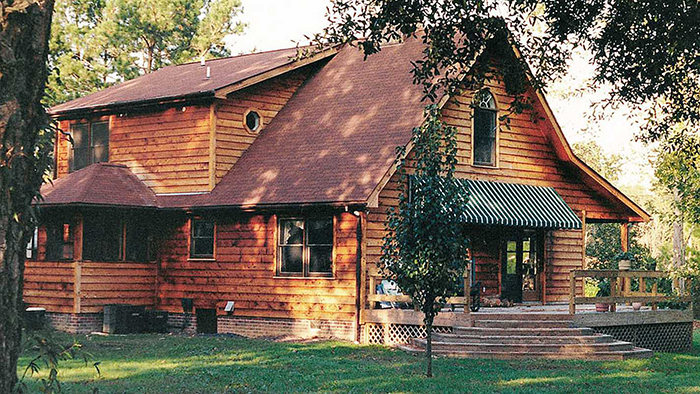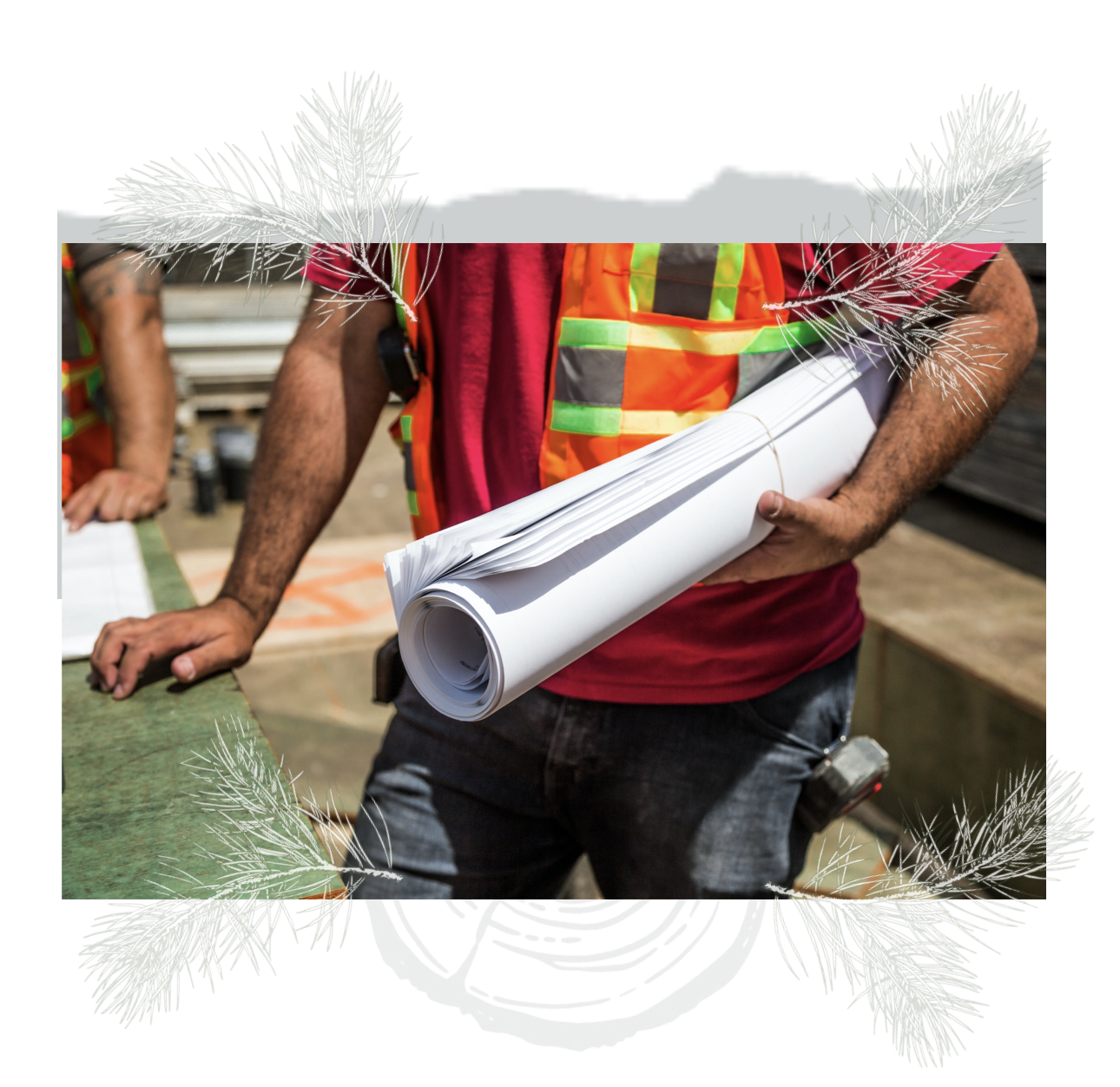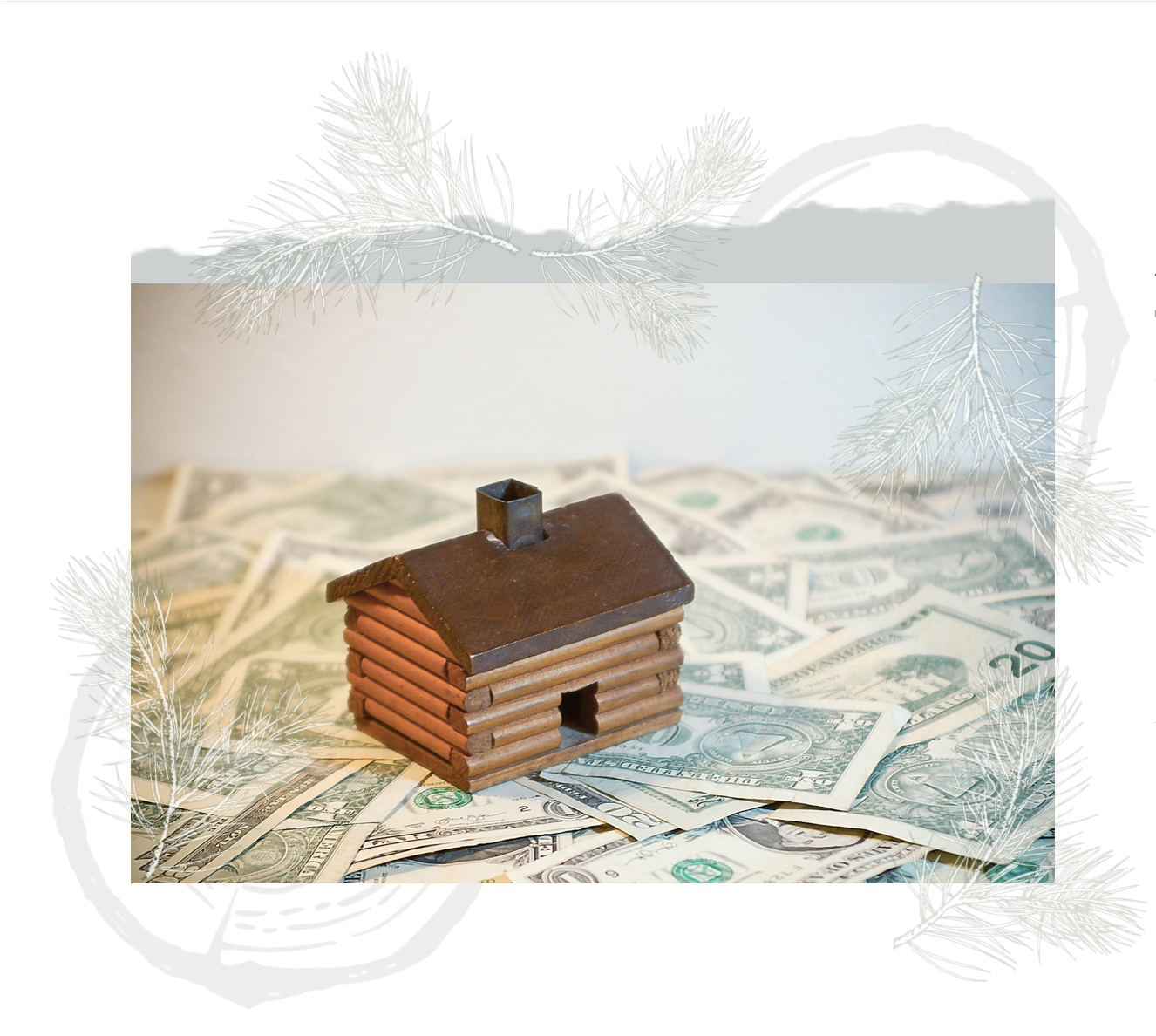THE LOG HOME EXPERIENCE
An educational series by eLoghomesThe Log Home Experience is a new educational series by eLoghomes, meant just for you. From the time you first dream of log home living, until you are relaxing and unwinding in your finished home, our goal is to help make your journey easy and rewarding.







